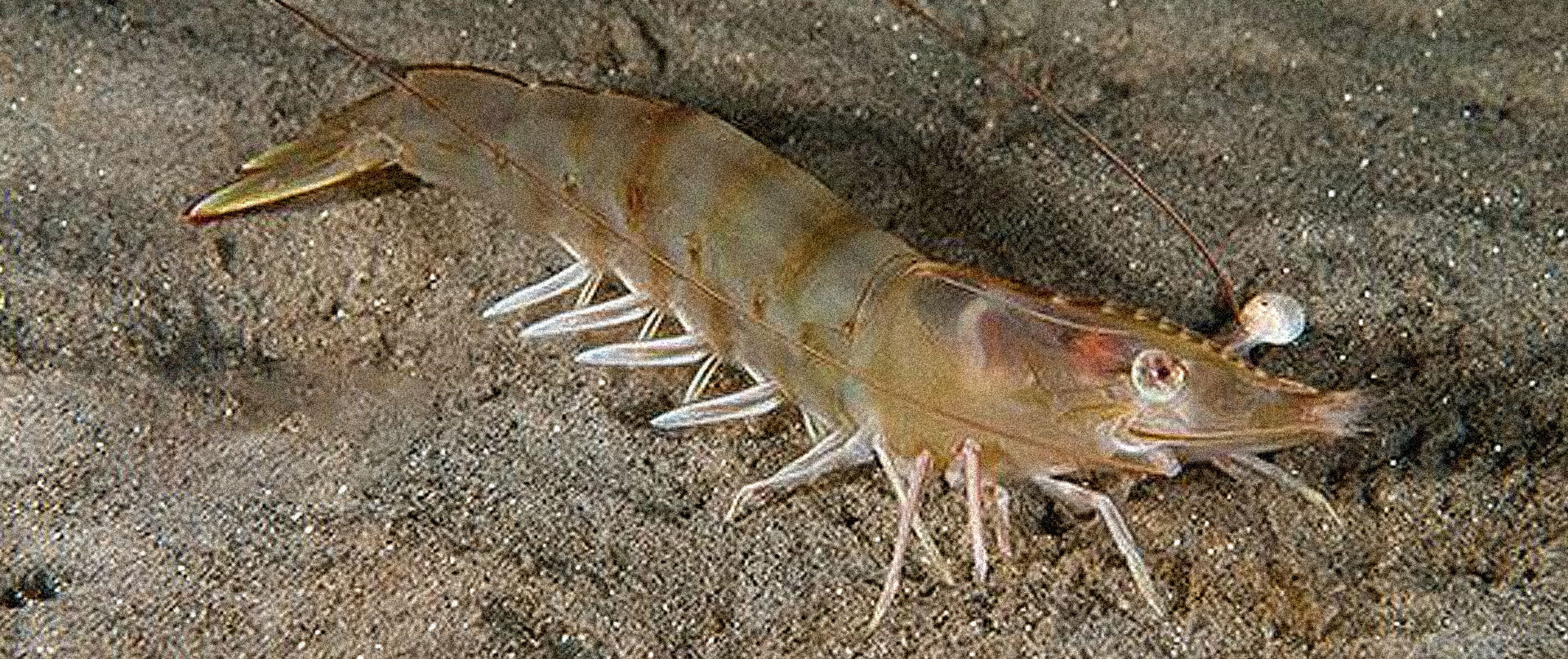
Loading

seafood encyclopedia

Shrimp - Warmwater: Brown

 Overview
Overview
- Scientific Name: Farfantepenaeus aztecus
- US Market Name(s): Brown Shrimp
- Canada Market Name(s): Not listed on CIFA
 Culinary Profile
Culinary Profile
Brown, White and Pink Shrimp offer a firm texture and a clean and sweet flavour. Brown Shrimp tend to taste a bit “fishier” than the Pink and White species.
 Description
Description
In the Southeastern US and the Gulf of Mexico - commercial fisheries of Brown, Pink & White Shrimp - collectively known as Gulf Shrimp - have huge economic importance. The Shrimp’s head contains all vital organs, including the antennae. Along the abdomen - or tail - is the intestine and ten periopods – or walking legs - and ten pleopods – or swimming legs. These allow the Shrimp to walk along the seafloor or to swim forwards and backwards. Brown Shrimp have grooves along the dorsal surface of their exoskeleton and grow to be about 7 inches long.
 Habitat
Habitat
In North America - Brown Shrimp range from Martha’s Vineyard in Massachusetts to the Florida Keys - as well as in the Gulf of Mexico at Apalachicola Bay and off the coast of Yucatan. This species can also be found in other parts of the world - in both tropical and temperate waters. Brown Shrimp are a shallow-water species - they can be found as deep as 361 feet - but are more common at depths less than 180 feet.
 Fishing Season
Fishing Season

 Sustainability Status
Sustainability Status
Shrimp are highly resilient to overfishing because they have a short lifespan, are fast growers and produce many young. The trawling gear used to catch Shrimp has moderate bycatch concerns depending on fishing area and depth. Brown Shrimp populations are considered healthy and no overfishing is occurring.
